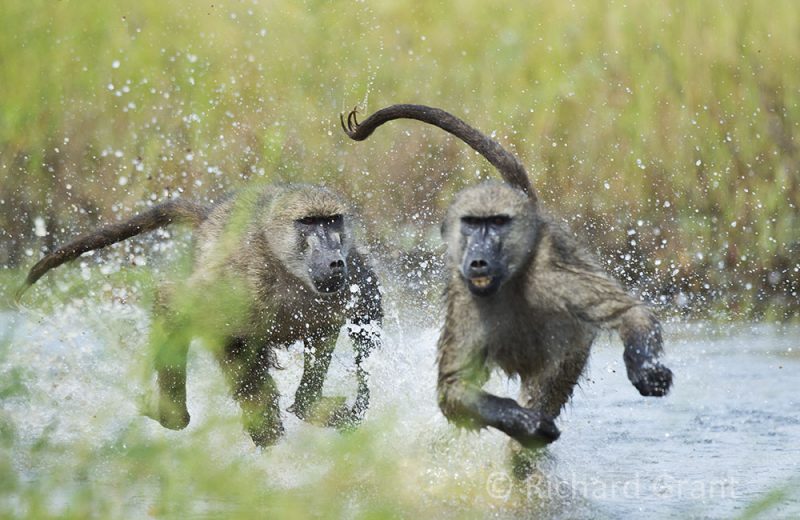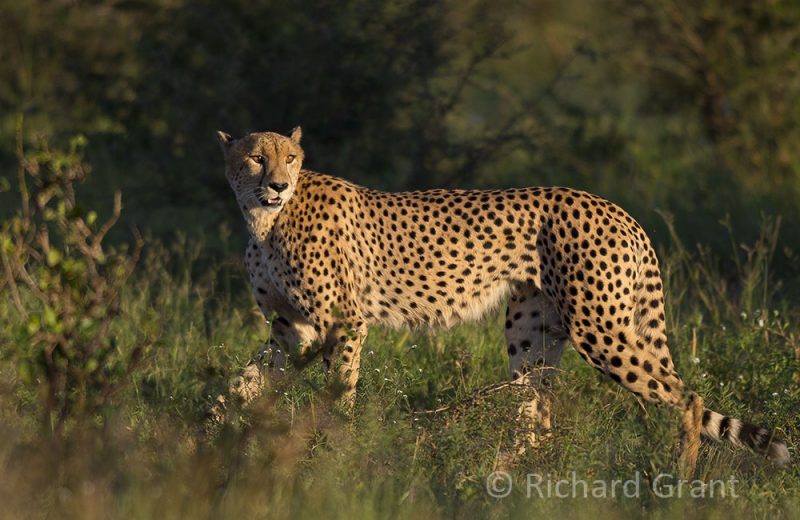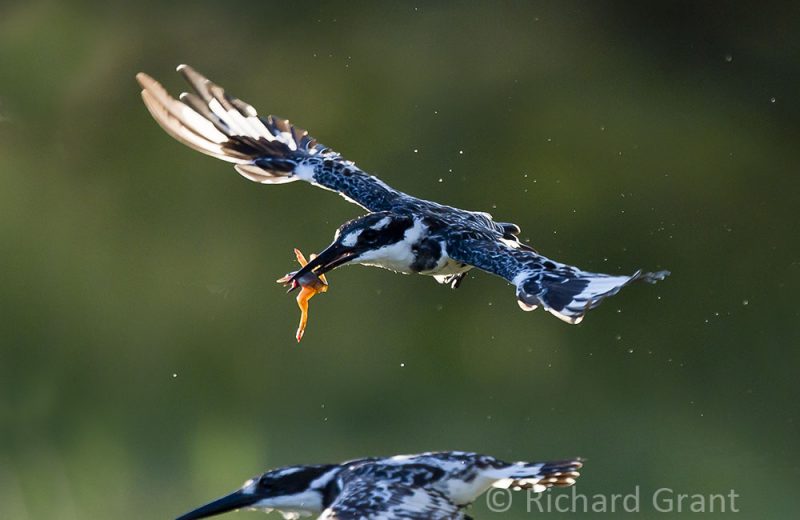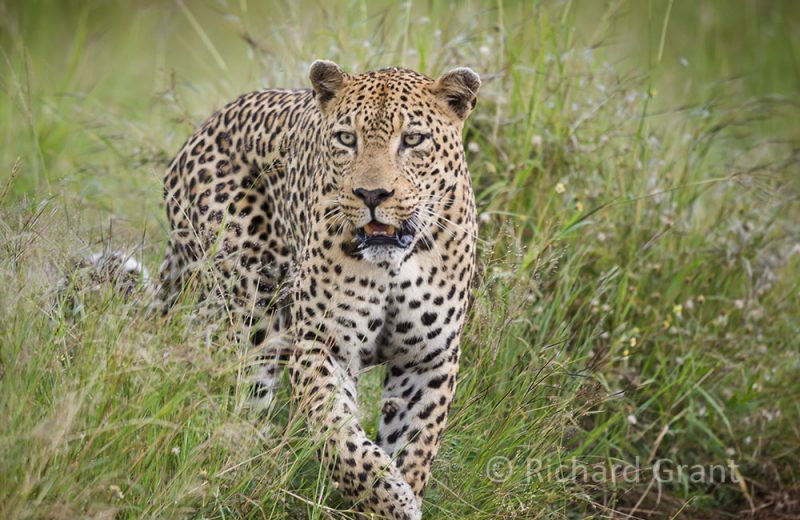Saturday. 7th
Bob’s “trail cam” tells us that our late night hyena is still doing his rounds. So despite their assurances, nothing has been done by the Parks management. The baboons roam free, the hyena still visits and the weed choked electric fence remains dormant – as do management.
At 11pm last night I went for my shower under a cloudless, starry night sky with the moon shining brightly. When we get up at 5am it is heavily overcast with a little rain falling. So we revise our plans and head rather northward for Tshokwane along the H10.
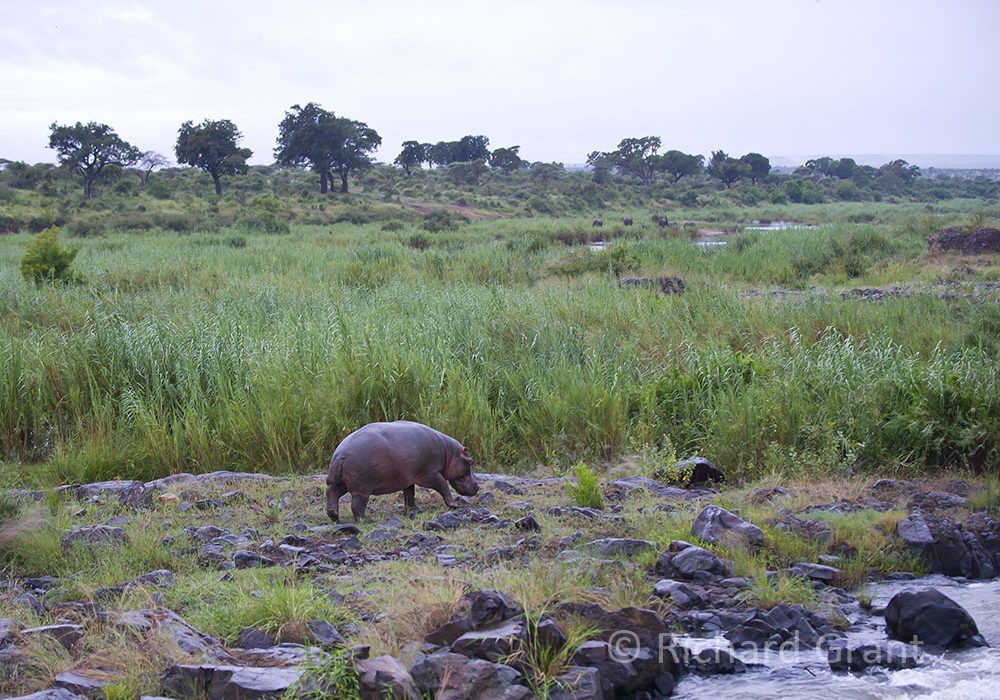
Coffee in the gloom on the bridge over the Sabie and then up towards Muntshe, covered in swirling cloud and mist.
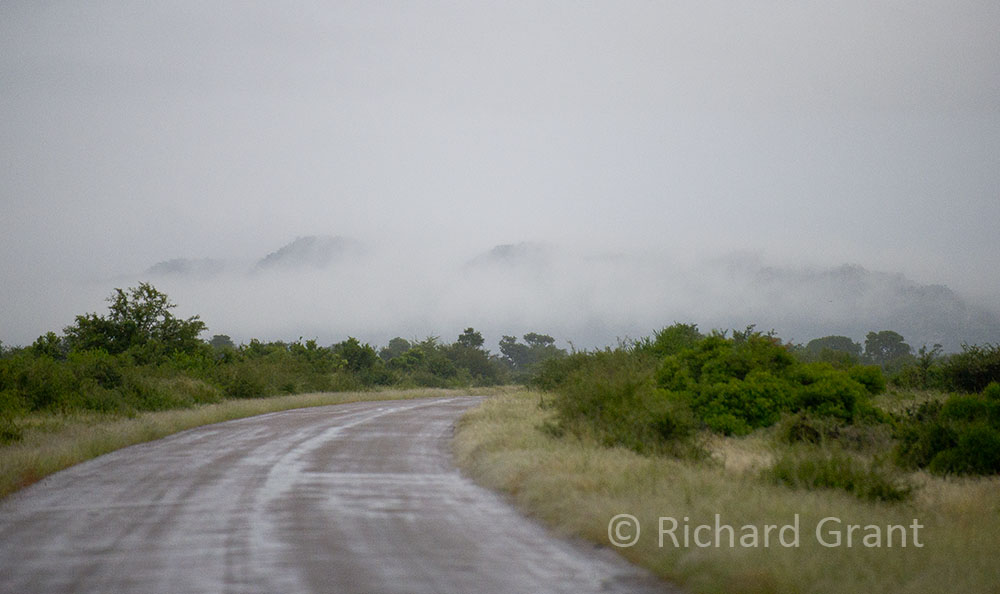
A moderate south wind is blowing a drizzle is falling – not the best conditions for game spotting.
But we thoroughly enjoy our time passing through the wet grasslands. Climbing up the hill to the Nkumba Lookout we are enveloped in mist. Beyond we descend to the plains around Tshokwane and here the miracle of the bushveld is so apparent. In November this area was a barren, brown expanse with not a blade of grass to be had. Now it is a rich carpet of thick, lush grass.
At Tshokwane I am disappointed that their famous pies are not available. Further enquiry tells me that they are not allowed to sell the previous day’s pies and that the fresh batch will only be ready at 10am. Tshokwane is a beacon of good management in Kruger. It is run privately by a white woman and I ponder how Kruger itself would be shaken out of its lethargy by privatization. Nevertheless, I enjoy an “Early Rise” breakfast before setting off back to Lower Sabie via the H1-2 Skukuza road.
Not far along the road, we come across a dead impala ram at the side of the road, no doubt struck by one of the Park’s speedsters who are such a nuisance on the main roads.
We turn in at Leeupan and are surprised at the scene that greets us.
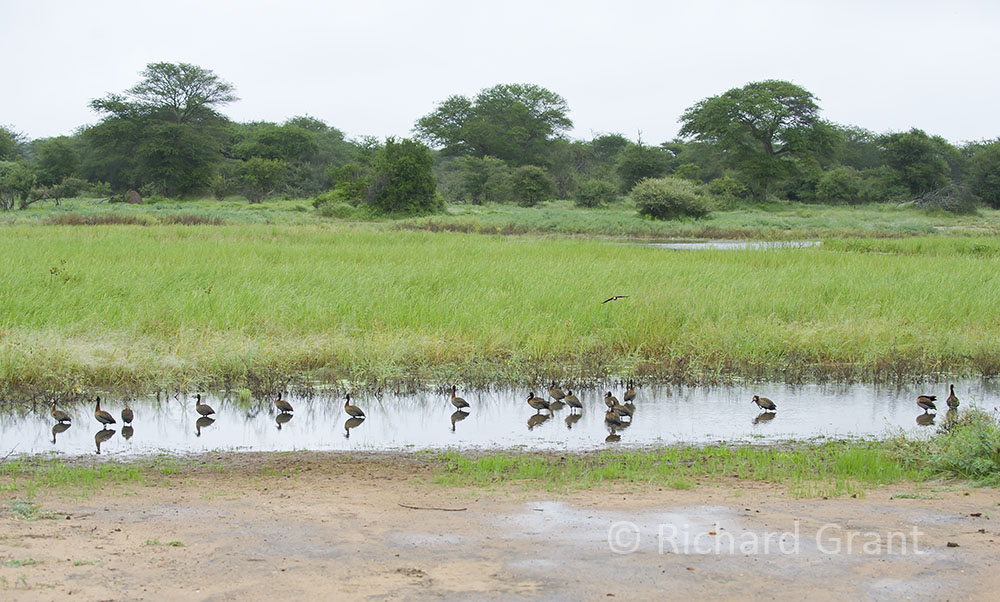
Whereas a month ago when no water was visible through the thick grass, today a fringe of open water surrounds the grass making for ideal bird watching conditions. Now some readers may not be into birds but if ever there is an encouragement to take note, then Leeupan today provides it spectacularly.
White-faced Ducks, Geese, Comb (Knob-billed) Ducks are everywhere as are a pair of Saddle-billed Storks.
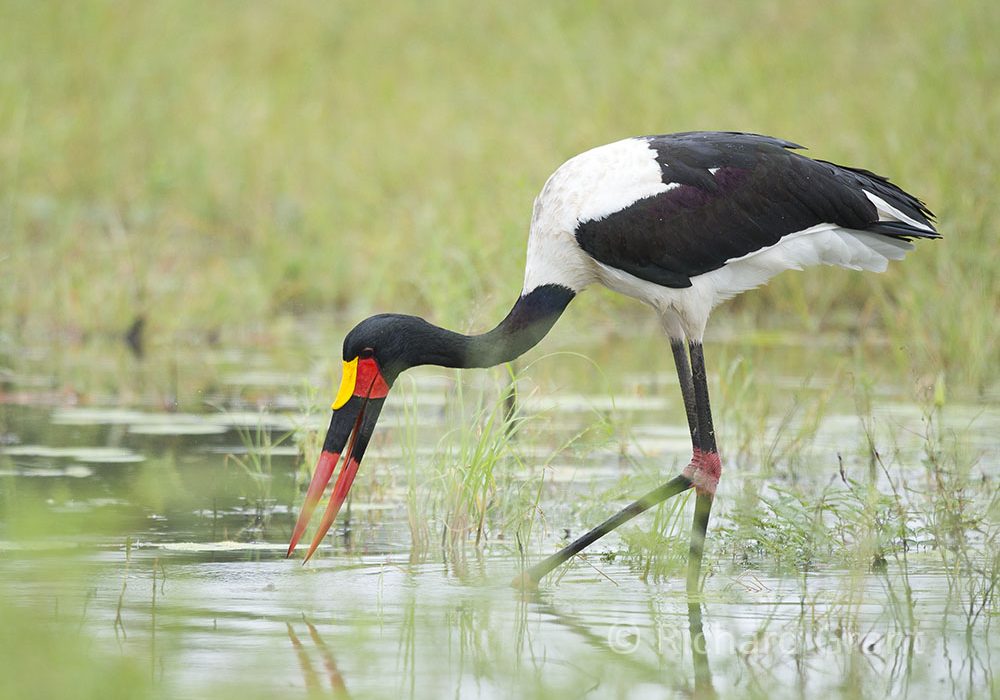
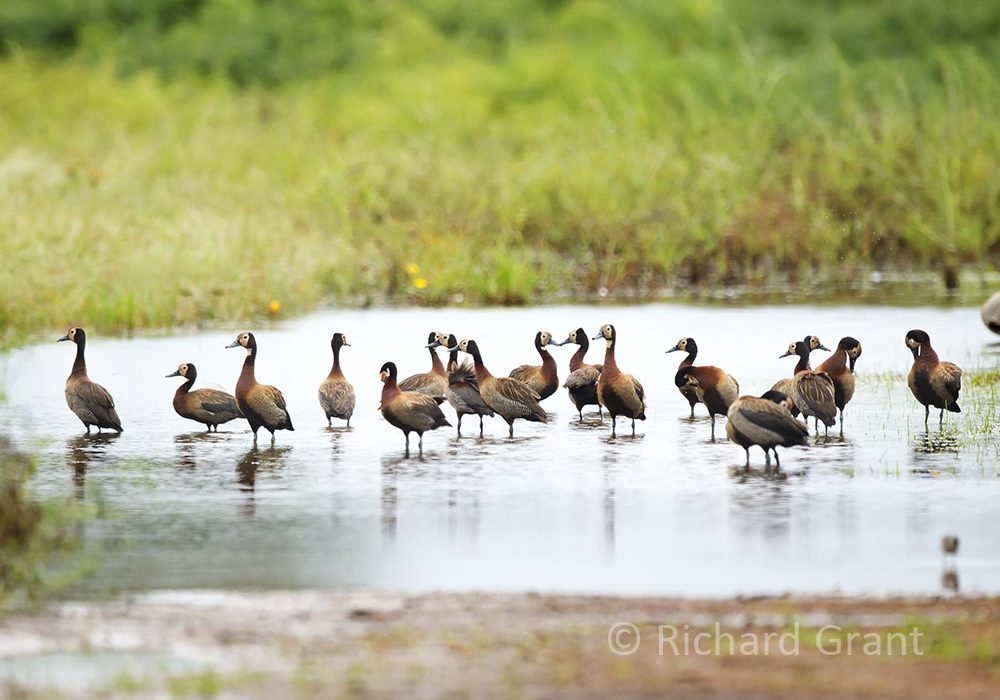
But what really catches our attention is the fantastic Yellow-crowned Bishops that we have not seen for years. These incredible little bird’s flight closely resembles a yellow bumblebee as they dart about above the reeds.
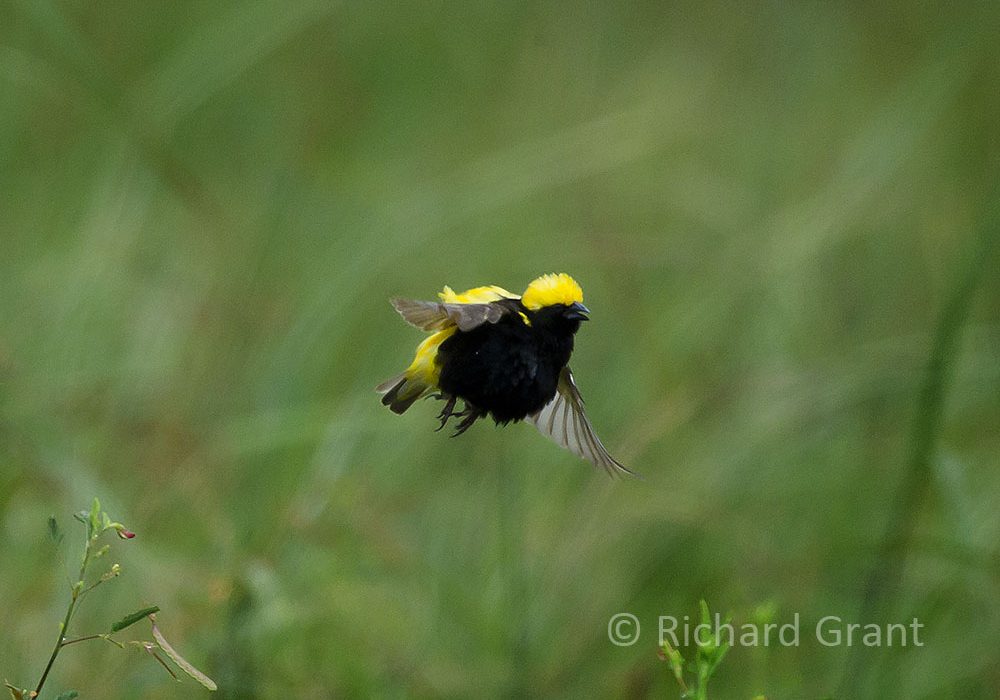
Round and chubby, their wing motion is so rapid that they seem to drift about (like a bumblebee) without any apparent wing movement. They are amazing and we settle down to photograph these very special birds.
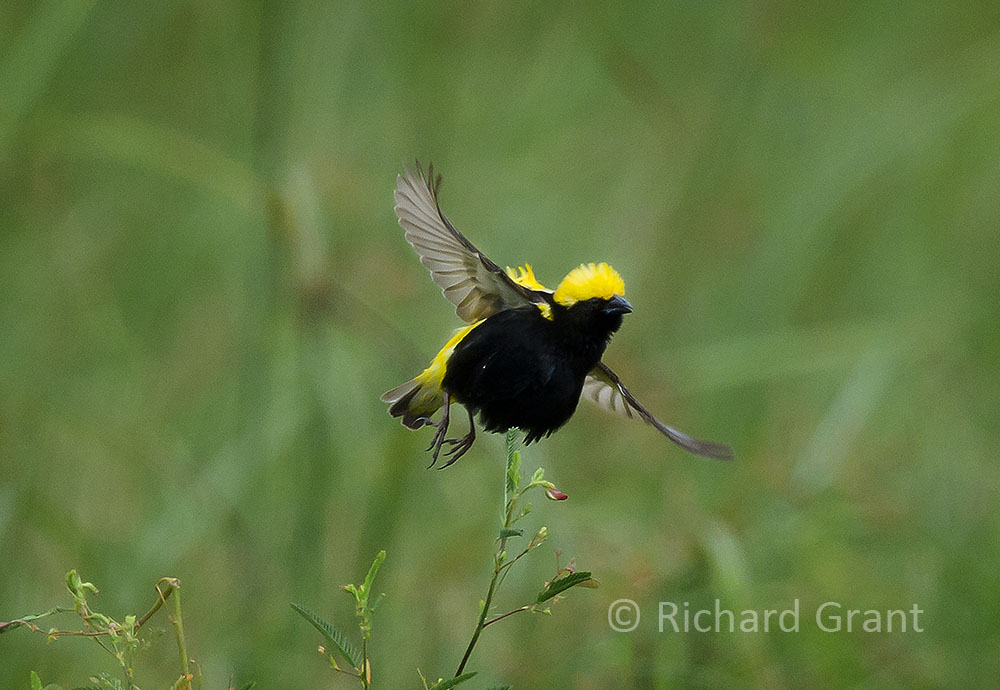
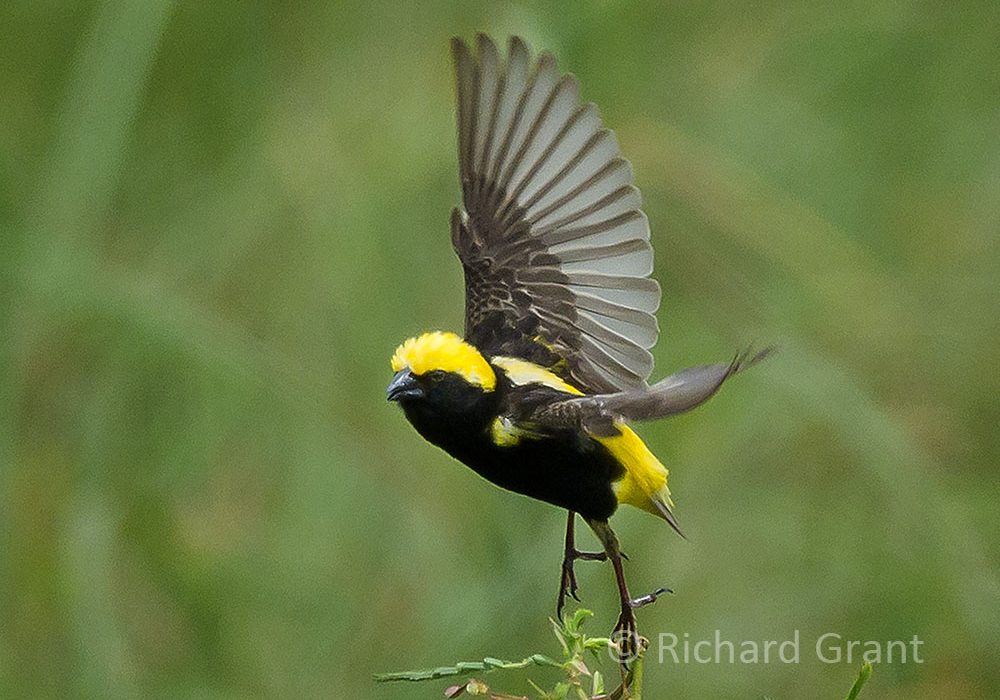
However, they are so small that I do struggle to catch them in flight which is their most striking characteristic.
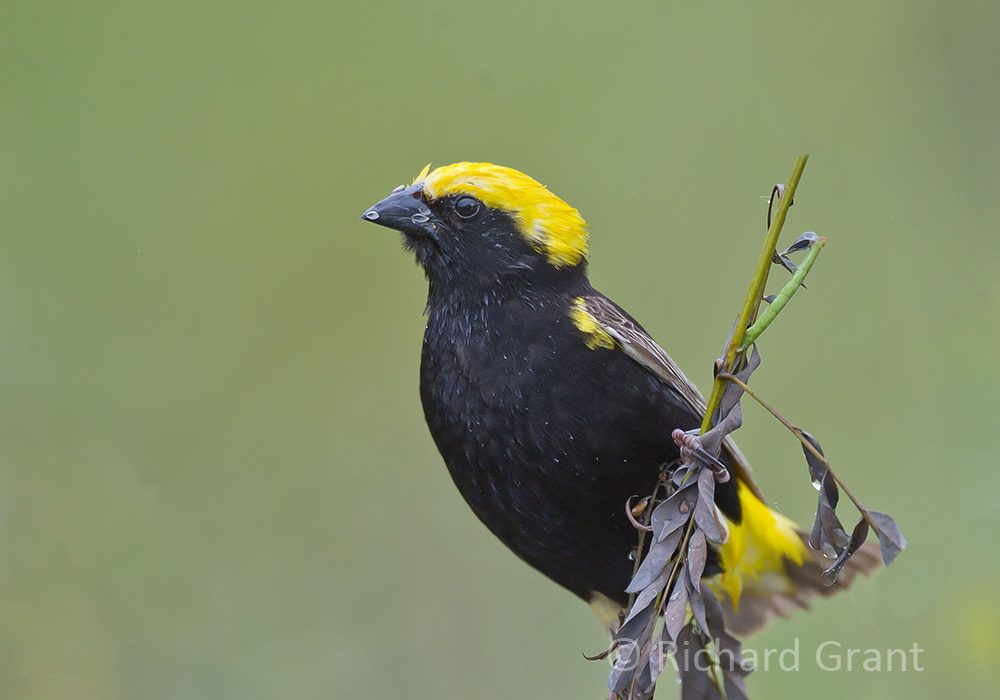
After over an hour with the Bishops, Renette glances down and here at our very feet are two exquisite Painted Snipes – male and female. So close are they that I must back off a bit to get them in focus.
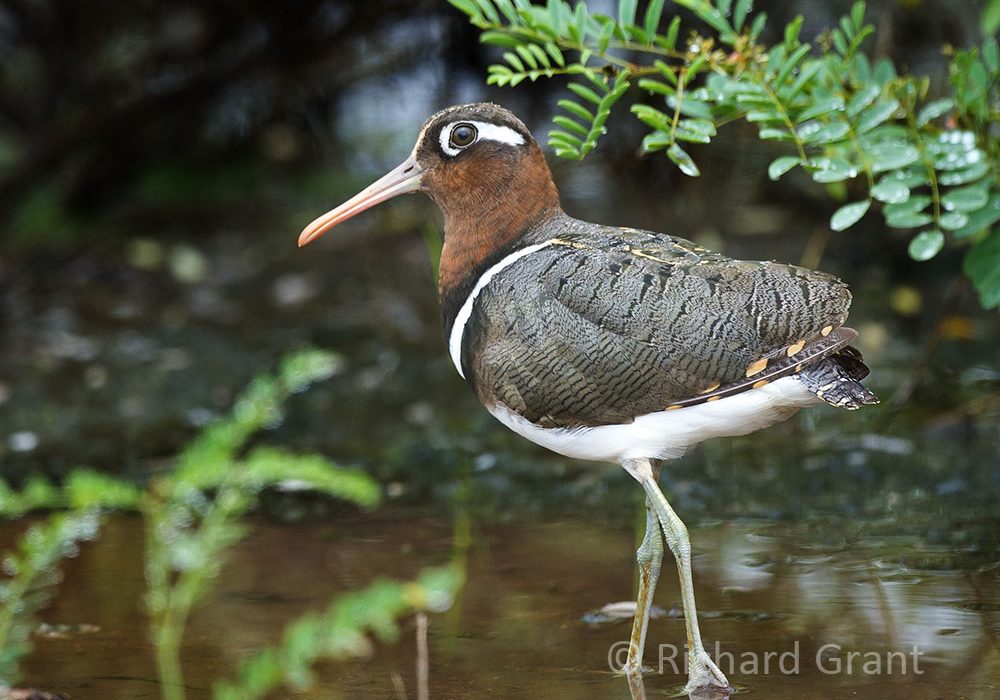
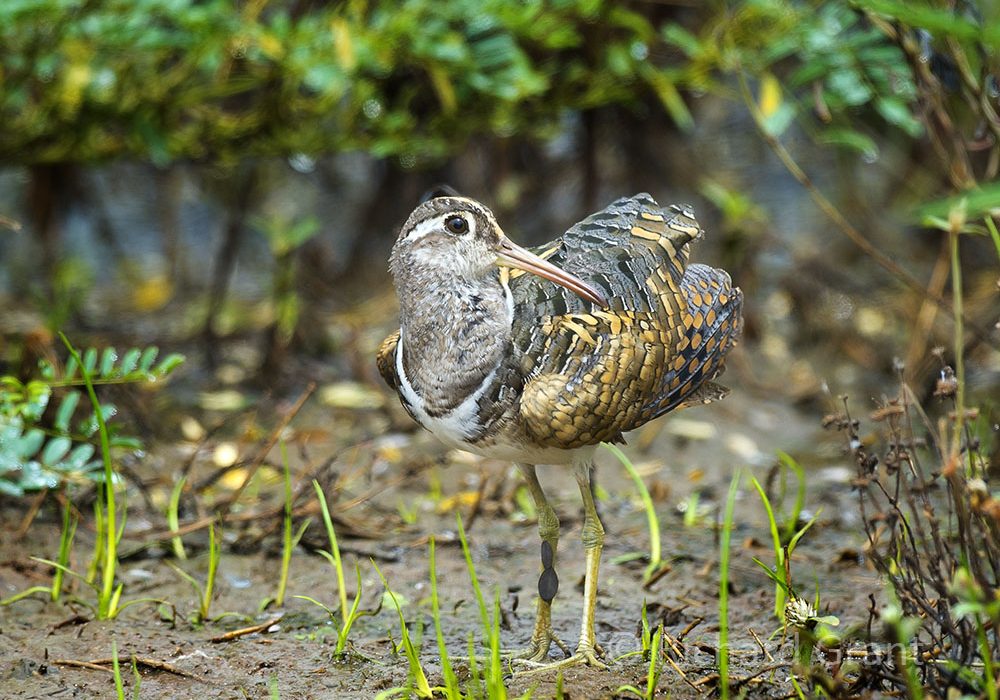
There is a story to be told about them. Like the Jacanas, they are “polyandrous” which means that the male takes care of the nest building, the incubating of the eggs and the rearing of the chicks whilst the female flits around having a good time with other males. Which is reflected in plumage of the birds. Unlike most other species, the male is more drab so that his camouflage is more effective whilst he is nest sitting. The female on the other hand is more brightly coloured and conspicuous – an aid to her promiscuous ways.
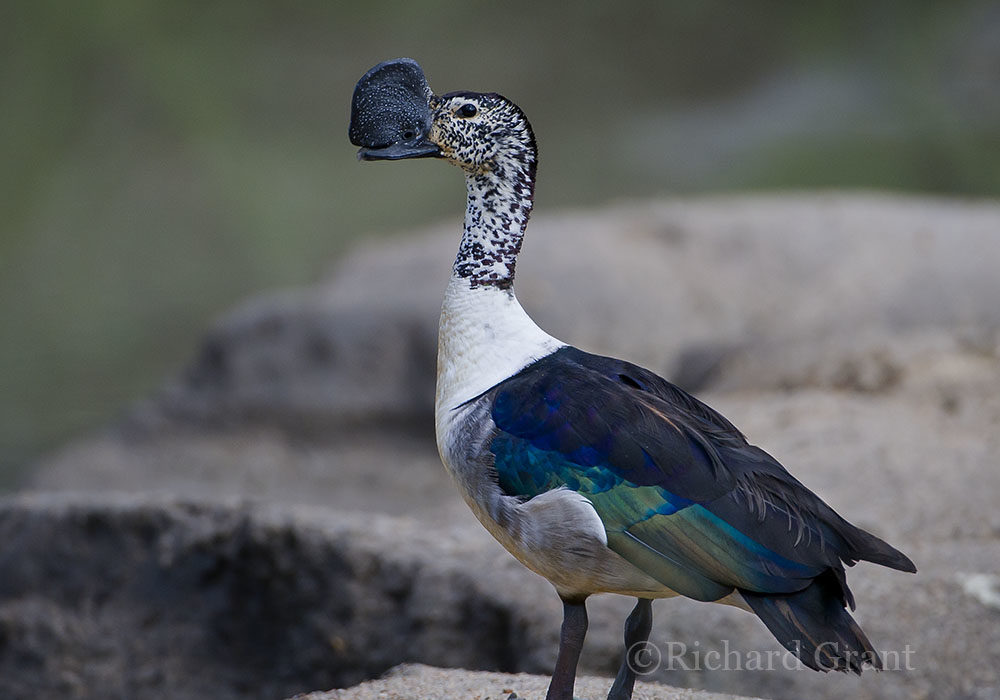
A Lesser Moorhen is partially hidden by the grass. All in all Leeupan is just wonderful today, a mass of bird activity.
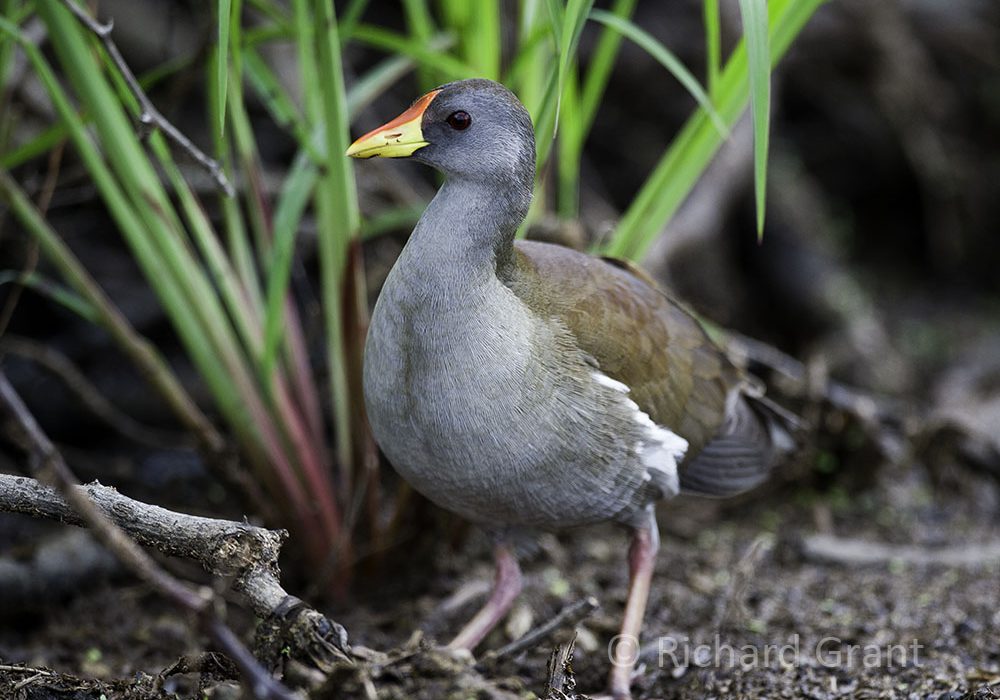
This afternoon we go out to Mlondozi. The south wind is blowing gently but the sky has cleared. From the bridge over the Sabie, we look down into the reeds where the Southern Red Bishops are busy building their nests.
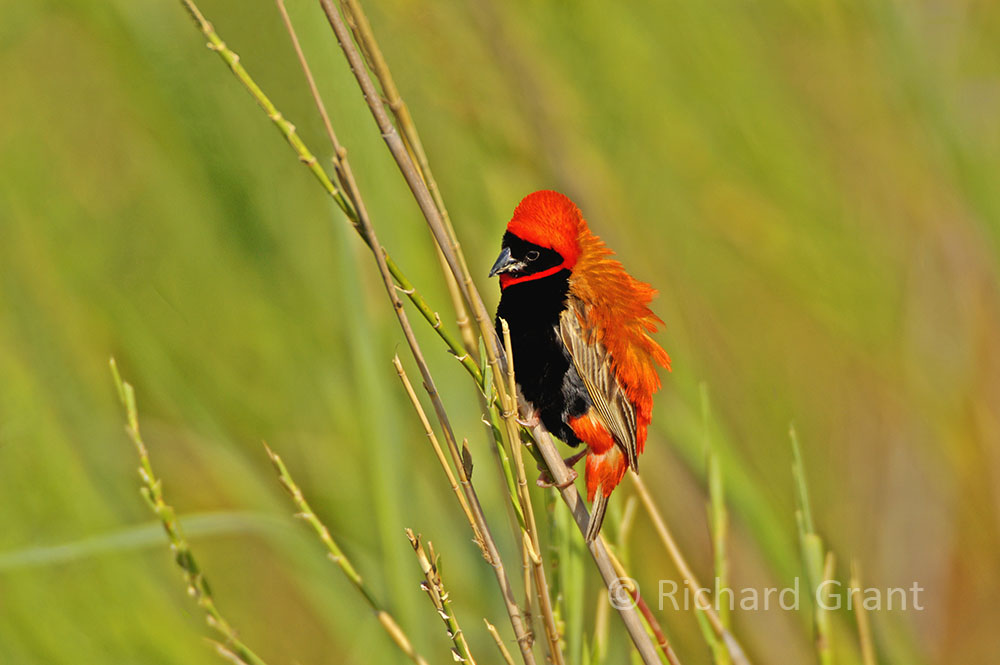
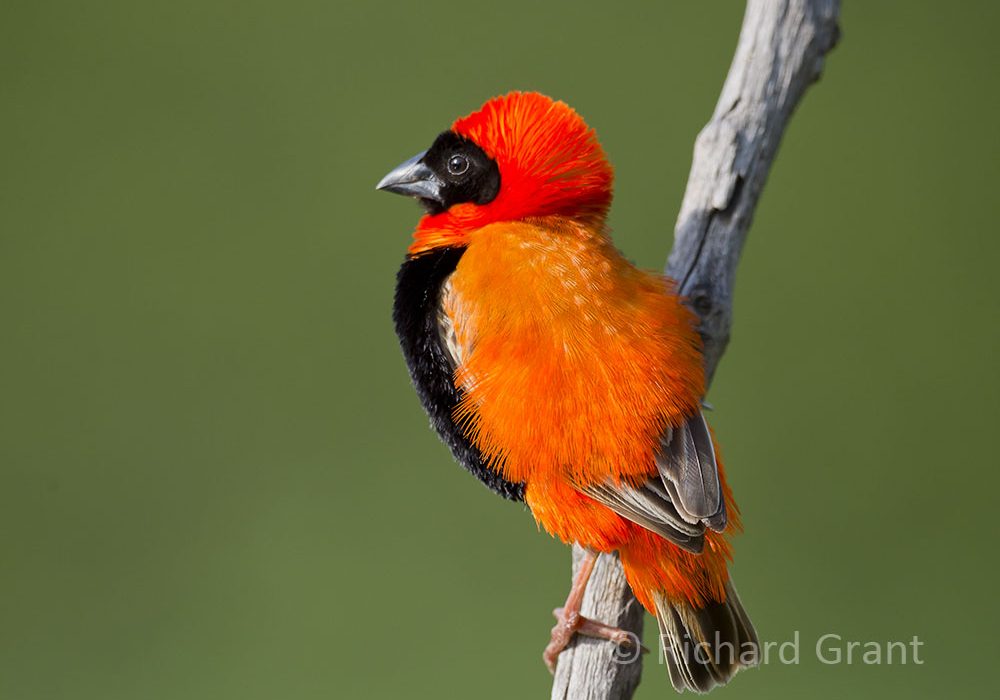
The badly corrugated S29 road puts a damper on the trip and one thinks of all kinds of things one would like to say to whoever is in charge of roads. This is a common thread running through most tourist’s grumbles – the bad state of the gravel roads.

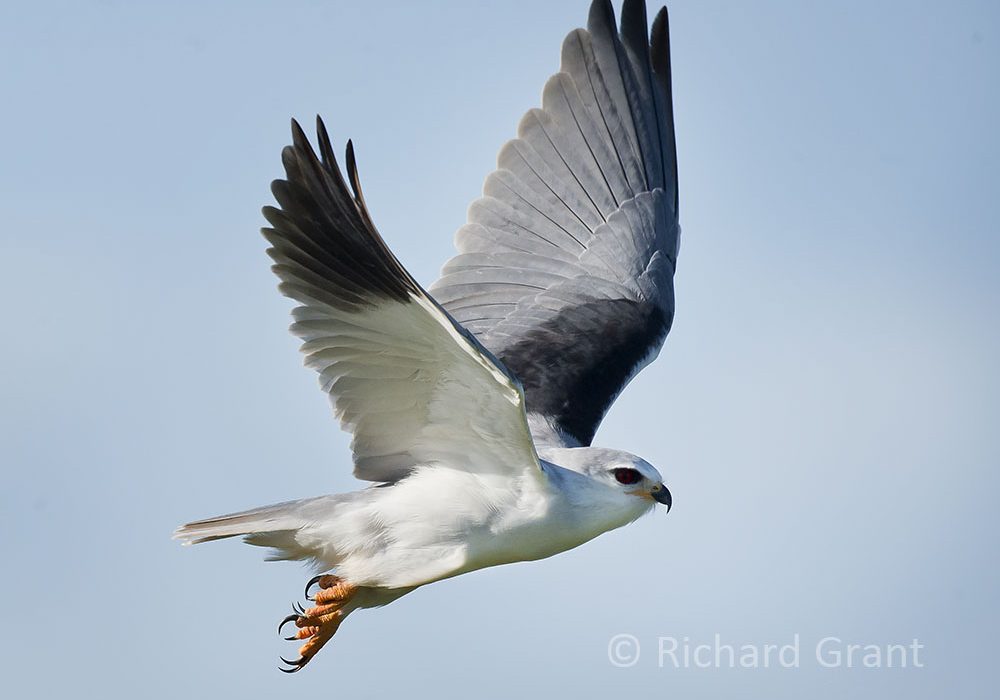
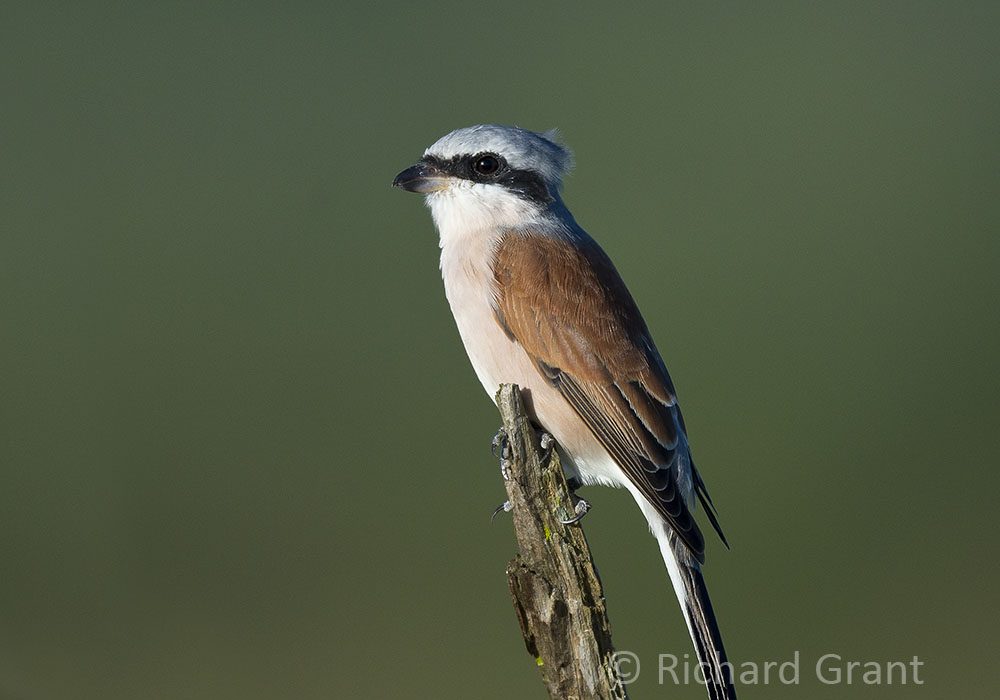
Nothing exceptional this afternoon but we return to camp happy after another great day.

